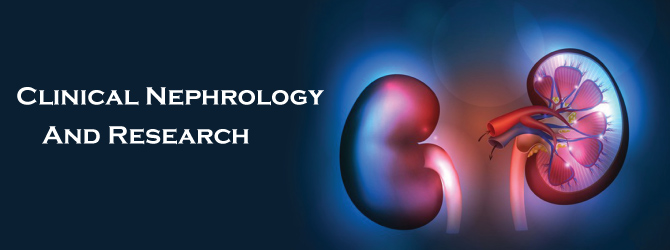
Sign up for email alert when new content gets added: Sign up
BACKGROUND: The Mexican population is ageing. The average age for patients on dialysis in Mexico is 63 years (range 1-90), with the higher prevalence in the group from 60 to 69 (24.5%). Mexico has had the policy of “peritoneal dialysis first for all” for all incident ESRD patients, but Peritoneal Dialysis (PD) prescription has decreased 1% per year in a sustained manner for the last 10 years. A sub-analysis on mortality in prevalent HD patients >60 years old has not been reported.
OBJECTIVE: To evaluate survival in HD elderly patients and determine risk factors for mortality.
METHODS: We prospectively analyzed hemodialysis prevalent patient’s ≥ 60 y/o. All patients were receiving 3 hemodialysis treatments per week. Database Excel and SPSS for statistics were used. We describe mortality, survival, vascular access, kt/v, hemoglobin, and socio-demographic data (T student, Kaplan Meier when appropriate).
RESULTS: We reviewed the records of 1418 patients. Thirty-two-point six % were ≥ 60 years old, 64% had diabetes. Hemoglobin and kt/v values were like those reached in younger patients. One out of every three patients had previous peritoneal dialysis. The main cause of exit from the peritoneal dialysis program was peritonitis (52%). For patients >60y/o, overall cumulative survival at 12, 24, 36, 48 and 60 months was 0.93, 0.84, 0.75, 0.65, 0.61 respectively. Worst outcomes were identified for patients with any kind of catheter (p=0.000), diabetes (p=0.036) and), previous PD (p=0.000). Once renal replacement therapy is initiated, the range of the expected remaining life span in the USRDS report is approx. 54 months for those patients 60 to 64 years of age, compared with 26.3 months in our patients (range 4-110).
CONCLUSION: One out of three prevalent hemodialysis patients in Mexico are ≥ 60 years of age. Hemoglobin and kt/v values were like those reached in younger patients. Worst survival was observed for those with any catheter and diabetes mellitus.
Lower survival was found in patients with previous peritoneal dialysis. The Mexican policy of “peritoneal dialysis first for all” should be reconsidered in diabetic ESRD patients aged >60.